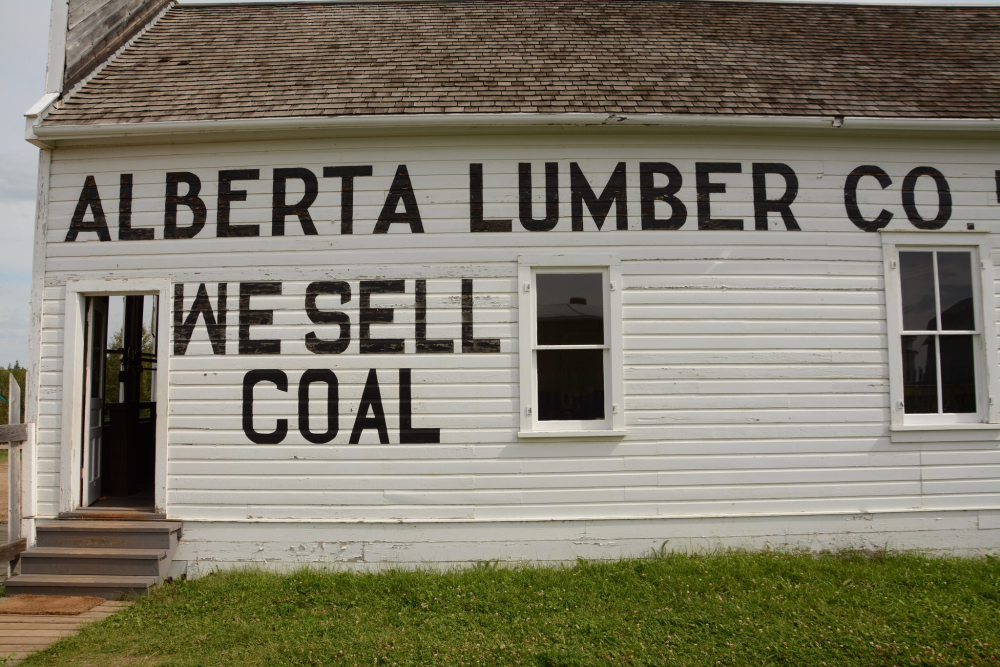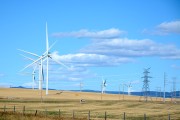In the midst of all the recent colourful political events south of the border, you might have easily missed an irony that Alberta would be wise to pay attention to. Even as the U.S. administration promised to roll back environmental regulations and climate commitments, U.S. coal plants continued to shut down. In fact, on the same day the U.S. pulled out of the Paris Agreement, three coal-fired plants were shut down. In 2016 alone, U.S. utilities retired more than twice the total coal capacity of Alberta.
Coal plants are shutting down across the globe because of their negative health impacts and low profitability. Coal has a hard time competing with cheap gas generation and increasingly cheap renewable energy. It is why financiers and utilities are stepping away from coal in all OECD countries. In growing economies, the investment in renewables is far exceeding that in coal power; and coal usage has peaked in countries such as China. As the full cost of electricity production (including the impacts of emissions) is accounted for, coal plants will only become more expensive.
The weight of the evidence is against those, such as Robin Campbell, who blame regulations and government policy for coal shut downs. However, Mr. Campbell is right in pointing out the need for a rhetoric-free transition plan that is sensitive to the needs of the workers and the communities. But such a plan must also be free of rhetoric about the future of coal; the phase-out is inevitable.
The focus of our efforts, rather than defending the dying industry, should be in assisting the workers and communities. Long-term proactive planning is needed to protect them from the vagaries of economic trends. New cleaner generation needs to be built starting now, appropriate training programs need to be developed, worker transition packages need to be designed, and much more. There is no silver bullet solution for these but there is much we can learn from previous experience with other industries.
Part of the solution is a clear phase-out schedule and a market that allows cleaner energy to compete fairly to send a clear signal to investors in the new cleaner generation that will replace coal. A clear schedule provides guidance and certainty to communities that otherwise have to deal with coal plant closures being unknown and potentially imminent because of economics. Schedules give more certainty about investment, replacement generation, and transitioning workers into those other opportunities.
The coal phase-out regulation introduced in 2012 by the Harper government was a good start to this process. However, the schedule was too weak to send a strong signal to clean energy investors. The revised 2030 deadline for coal phase-out federally and provincially is much more effective.
The report from the Coal Communities Panel can be a starting point for transition planning. But we also need to look at what participation in the new energy economy means for all Alberta communities and workers. How can Albertans own part of the clean energy future? How can renewable energy be developed responsibly? What type of transition packages would be most appropriate for Albertan workers? Here’s hoping for a pragmatic and forward-looking conversation, rather than denial and political rhetoric.








